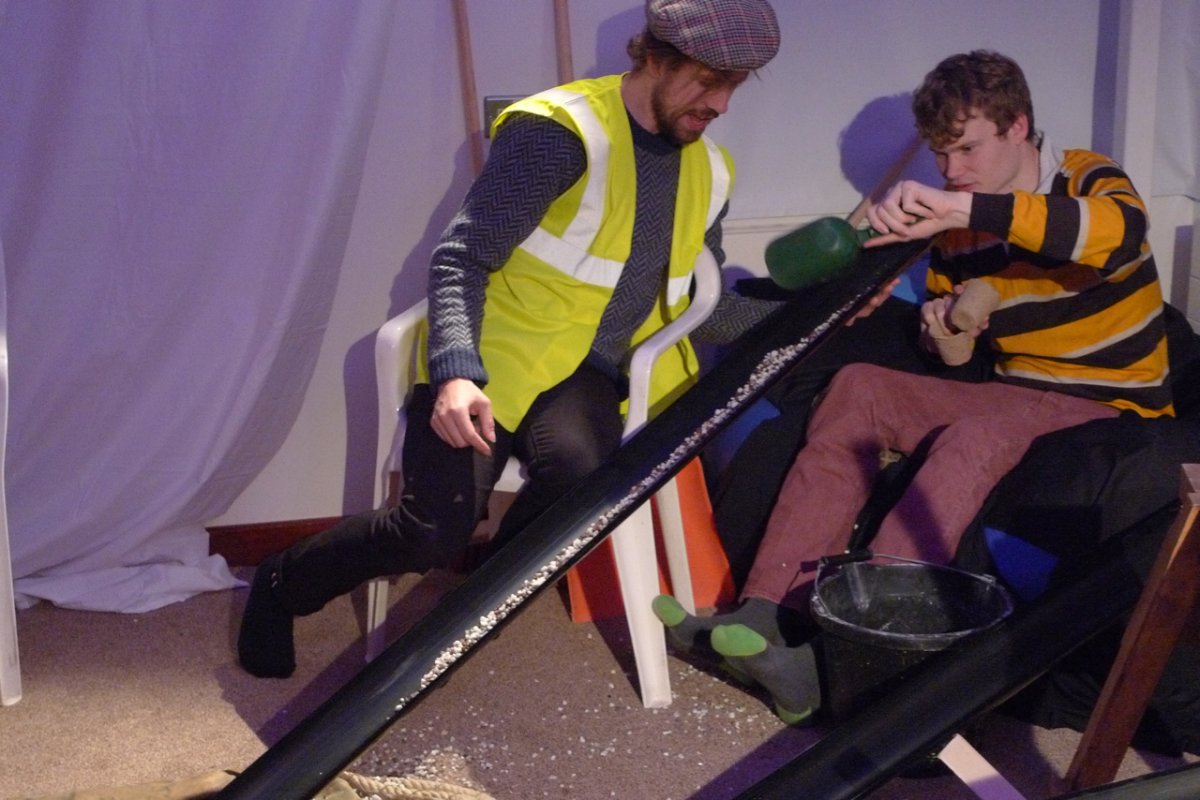Stones
It is
useful to have a wide variety of different shapes, colours and sizes that can
be used in different ways. They can be bought from garden centres or specialist
suppliers and can sometimes be collected from the countryside or beach.
There is
a bewildering array of stones and pebbles in a wide range of shapes and sizes,
textures and colours. A good supply might include: Gravel – for covering large
areas and carrying activities, Slate – for drawing on with chalk,
stacking into piles and making paths, Sea/river pebbles – for the smooth
texture and colours, also tapping together to
establish rhythms.
Granite pebbles have a coarse texture
and crystals, while White quartzite pebbles are easy to see,
good for making pathways and will take on the colour of the ambient light.
Chalk – for drawing with and feeling the
crumbly texture. Large rocks are useful as set and can be
used to weight down cloths.
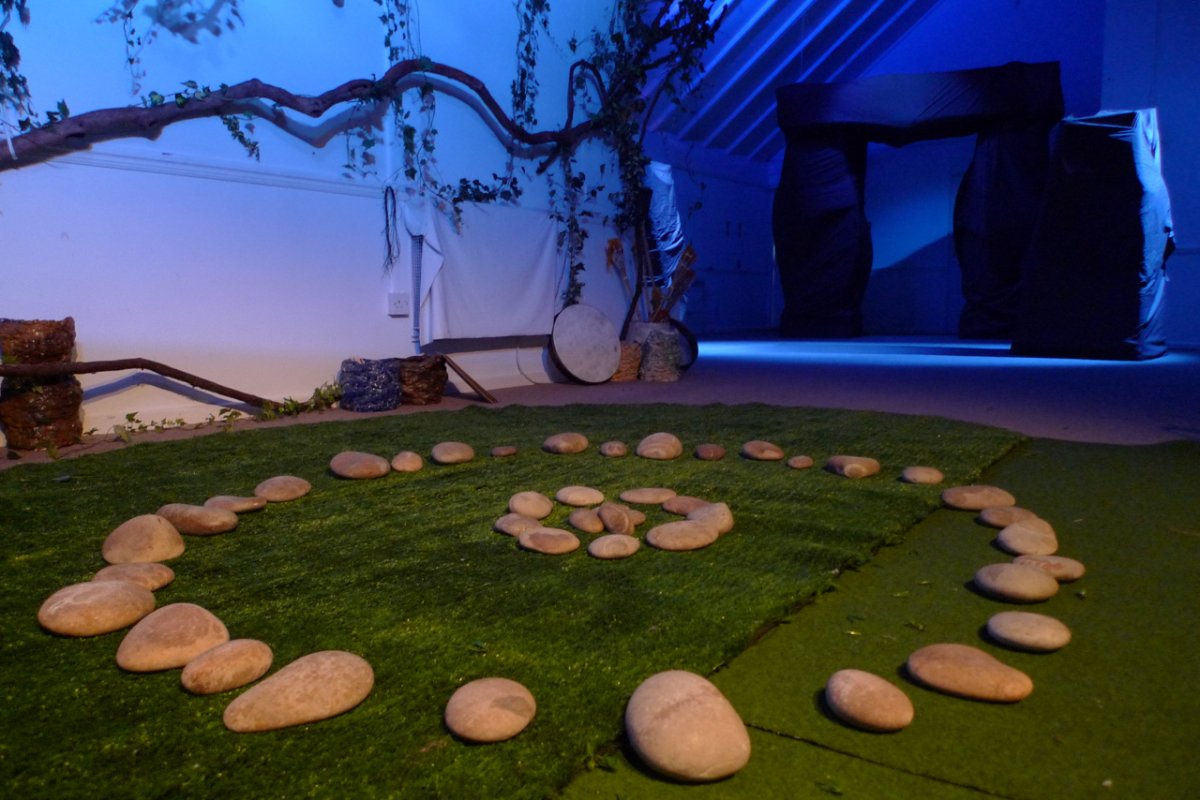
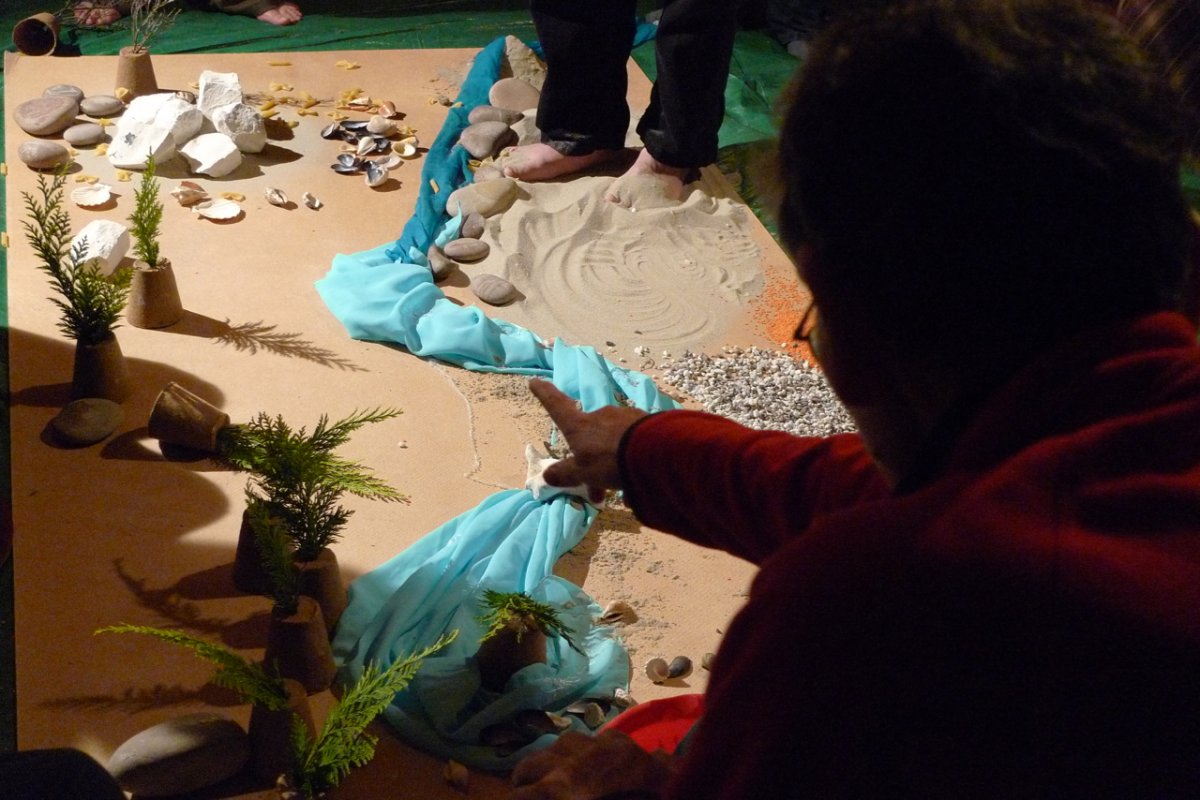
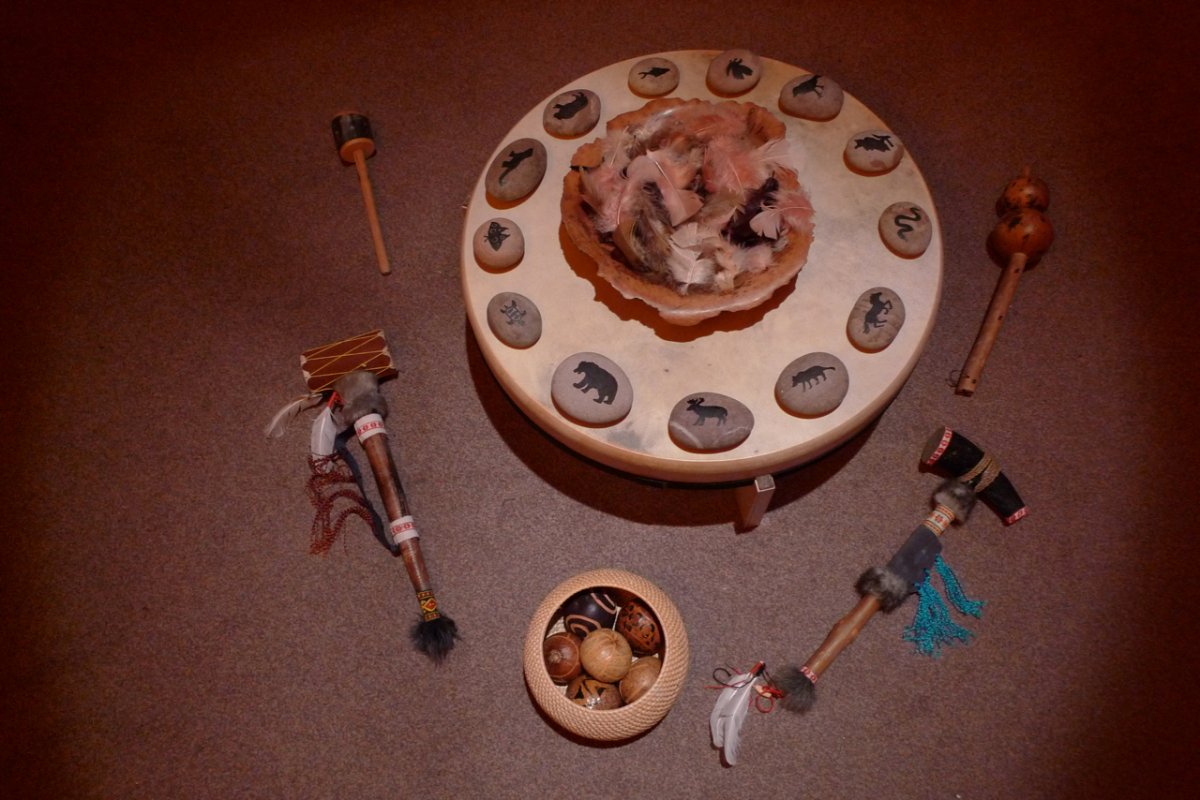
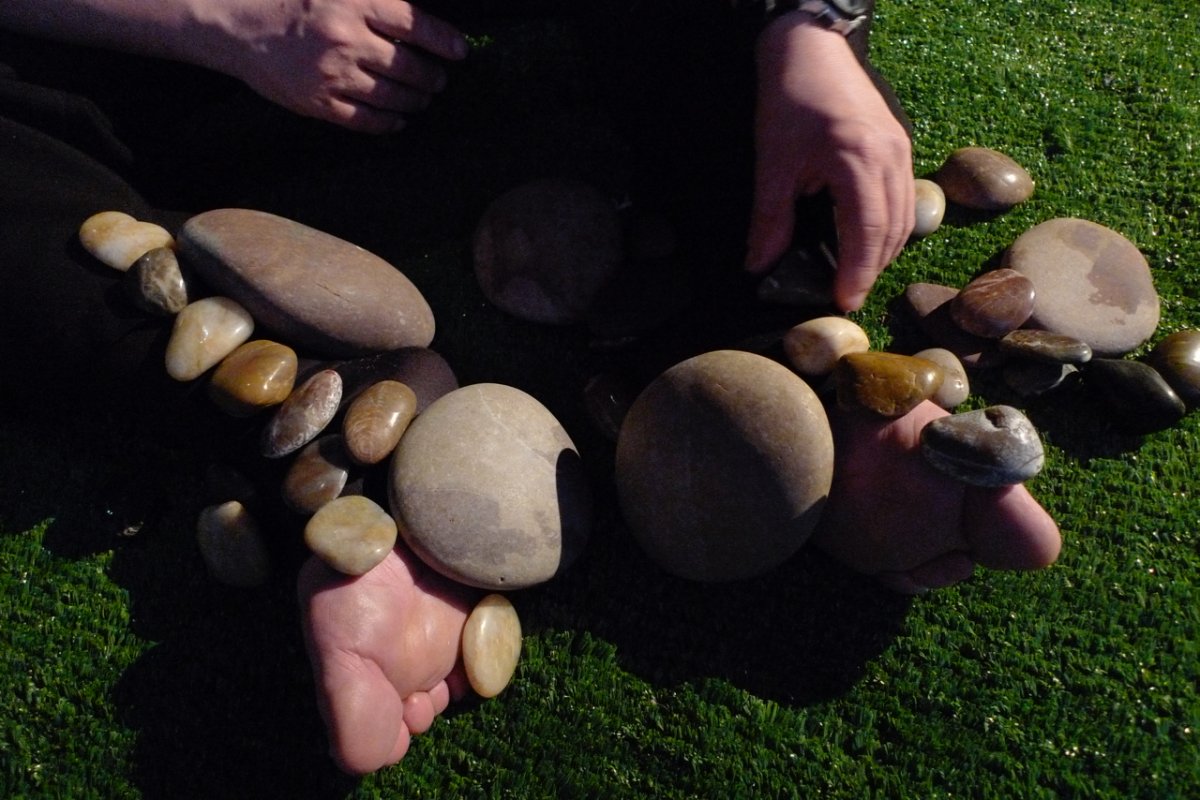
Stones can be used to create or enhance an environment, such as a beach or pool, giving opportunities for sensory exploration, including tactile and sound properties, as well as reinforcing colour themes
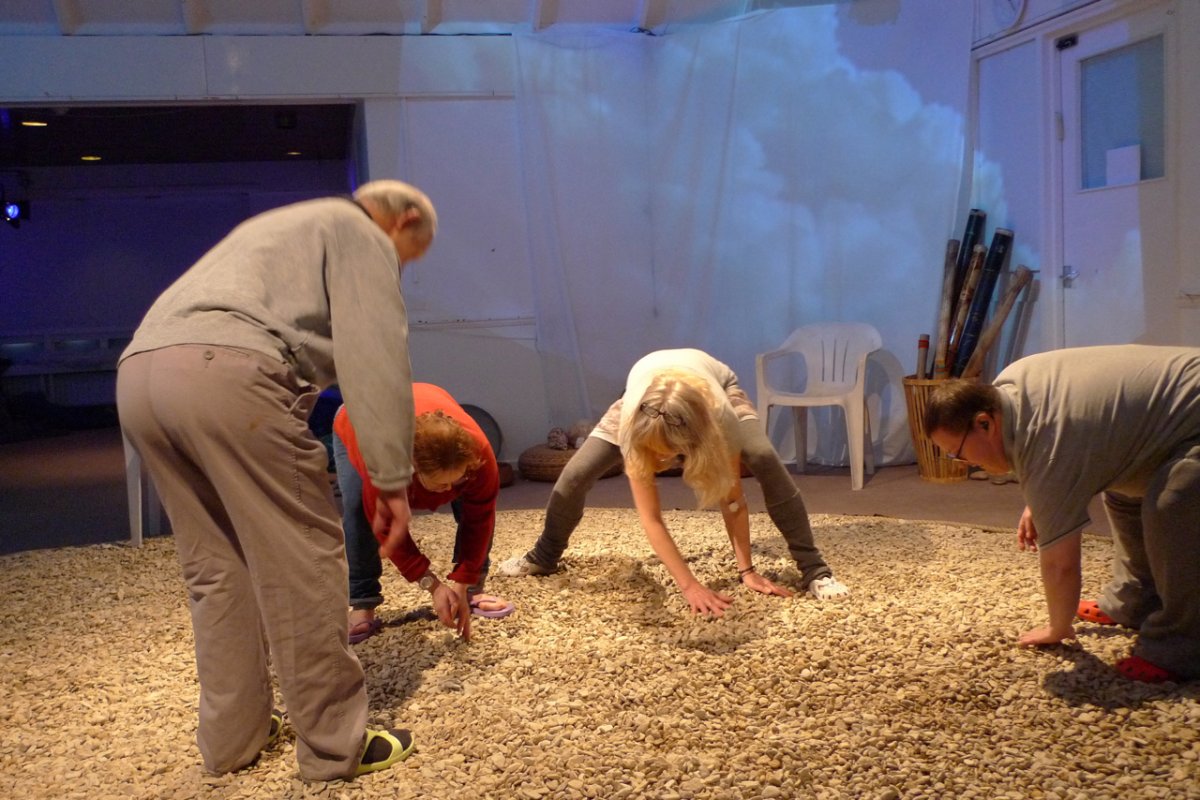
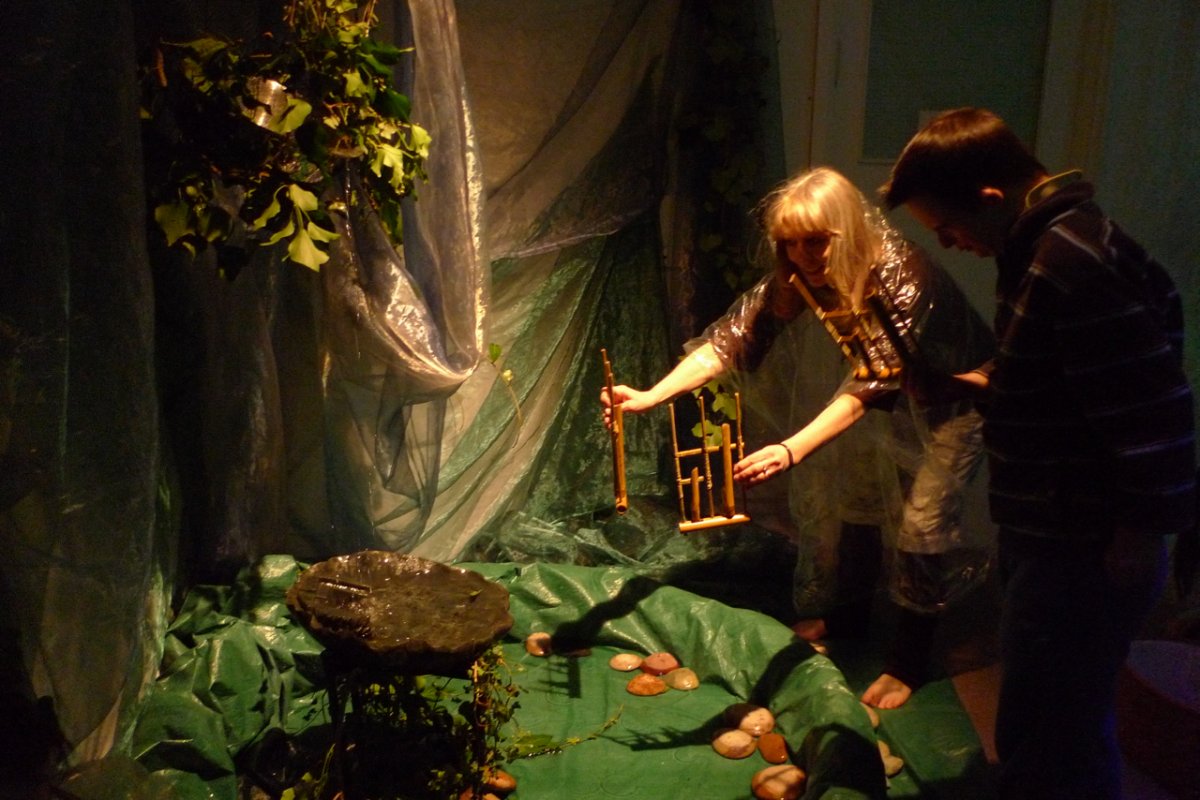
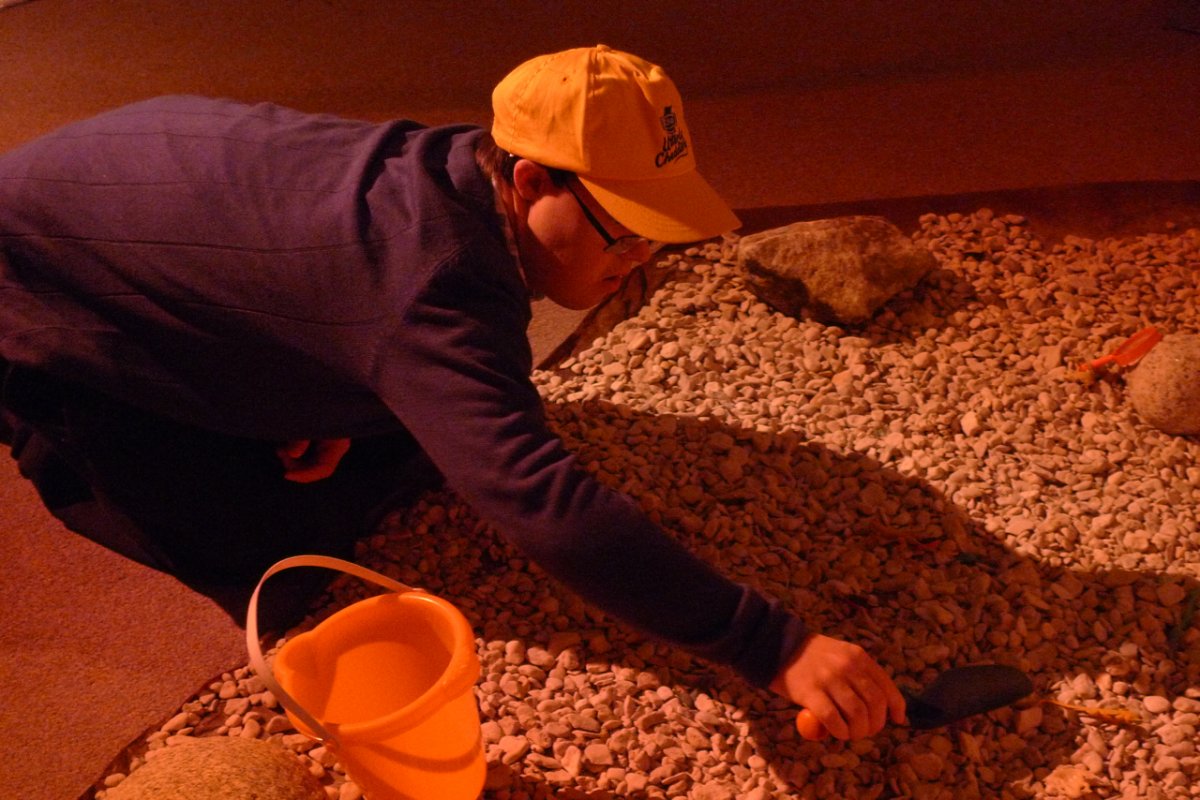
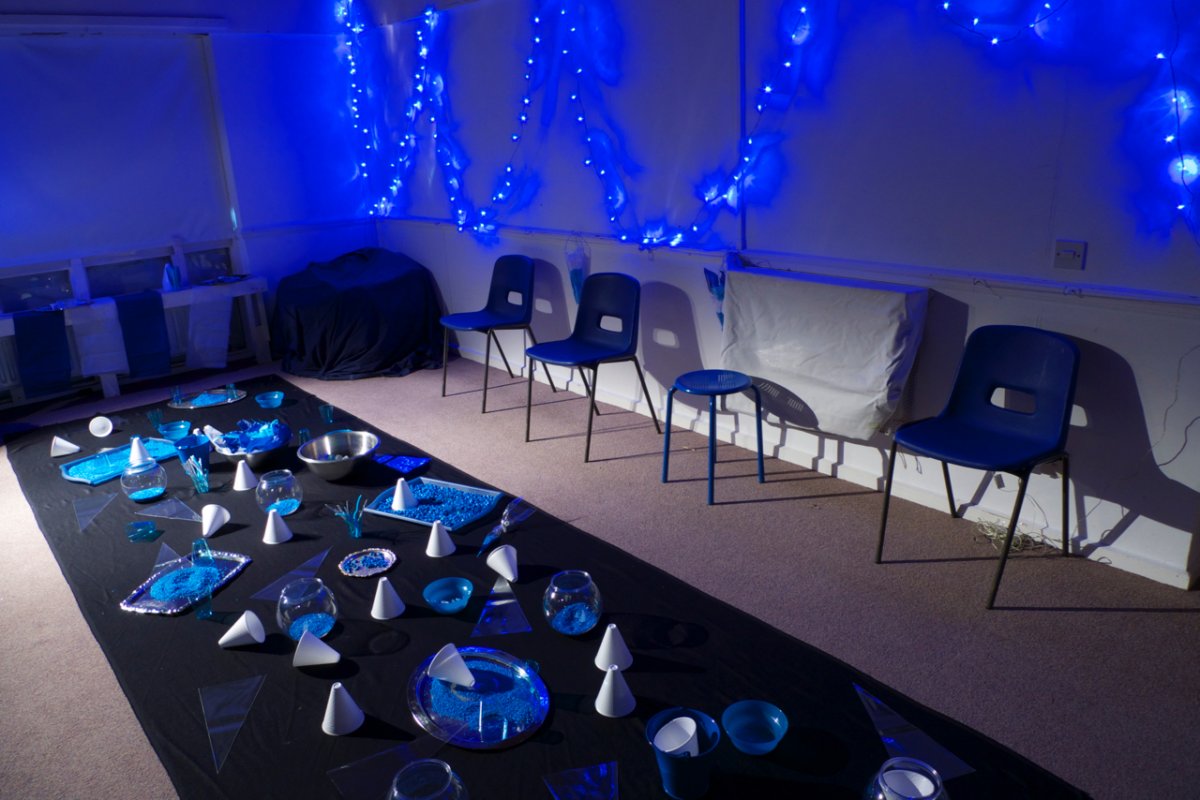
Tapping, clicking and rubbing stones together to make sounds won’t always produce a specific rhythm but it
will fill the space with ambient sound just through the act of tactile
exploration.
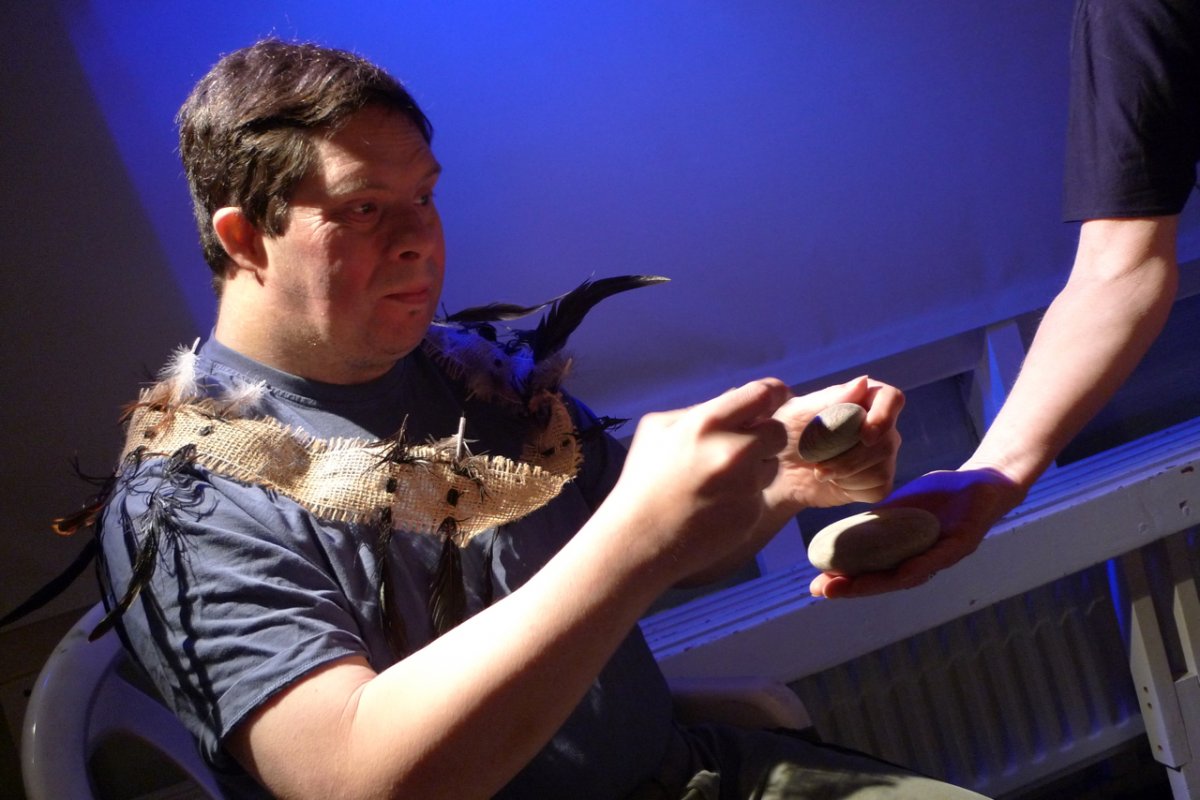
Encourage sensory exploration; touch, stroke,
drop, roll and smell the stones in order to discover their sensory properties. Different types of stone will feel, act differently.
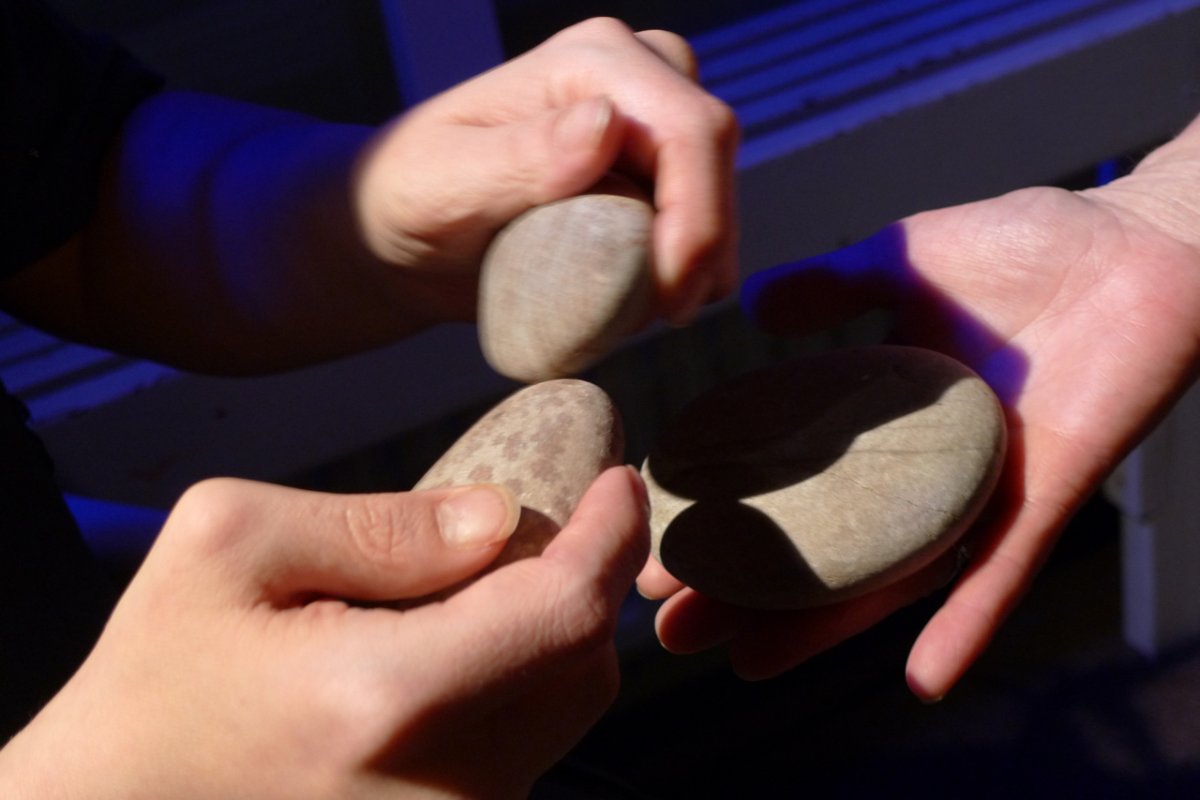
Many participants are always keen to sort according to size, shape, colour. Enable pattern making with lines, shapes and
piles. This can be done on trays or the floor for large scale work.
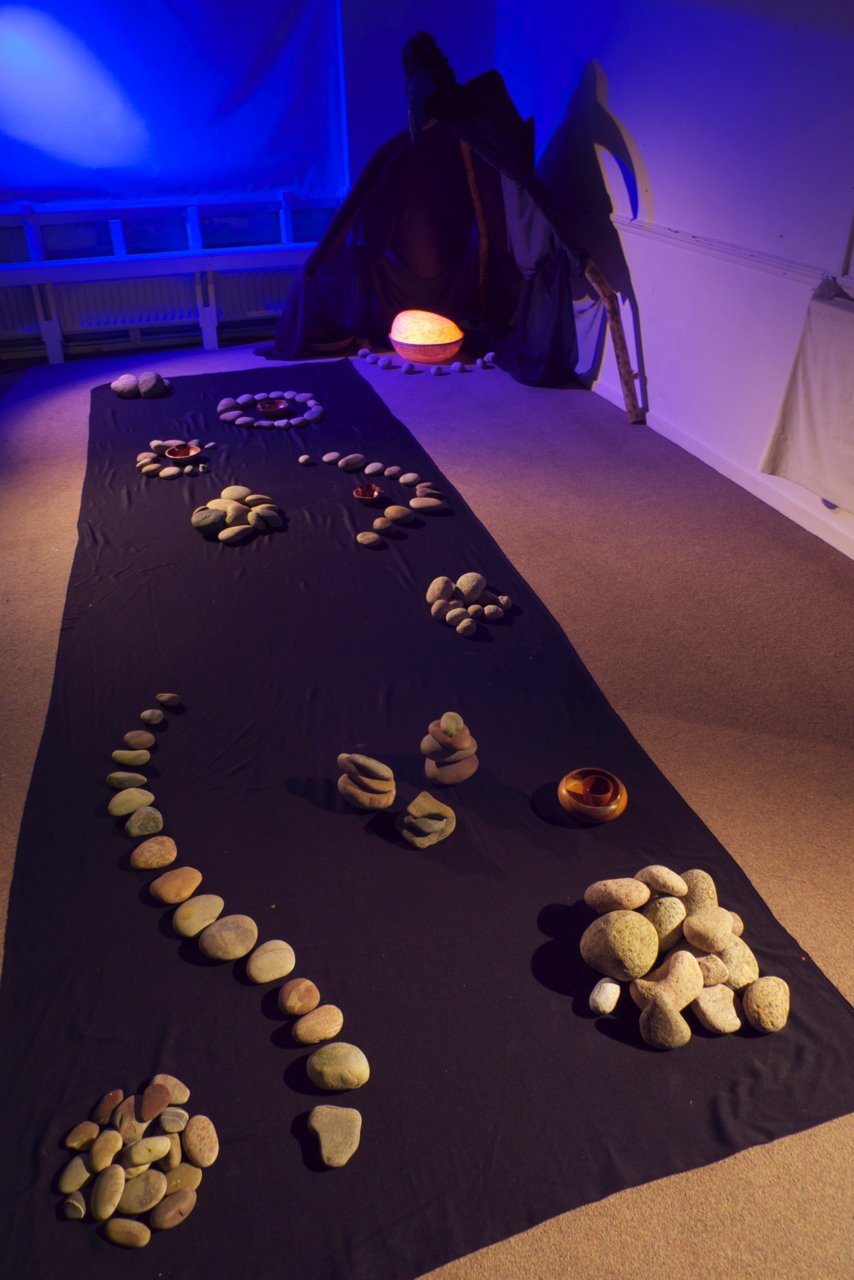
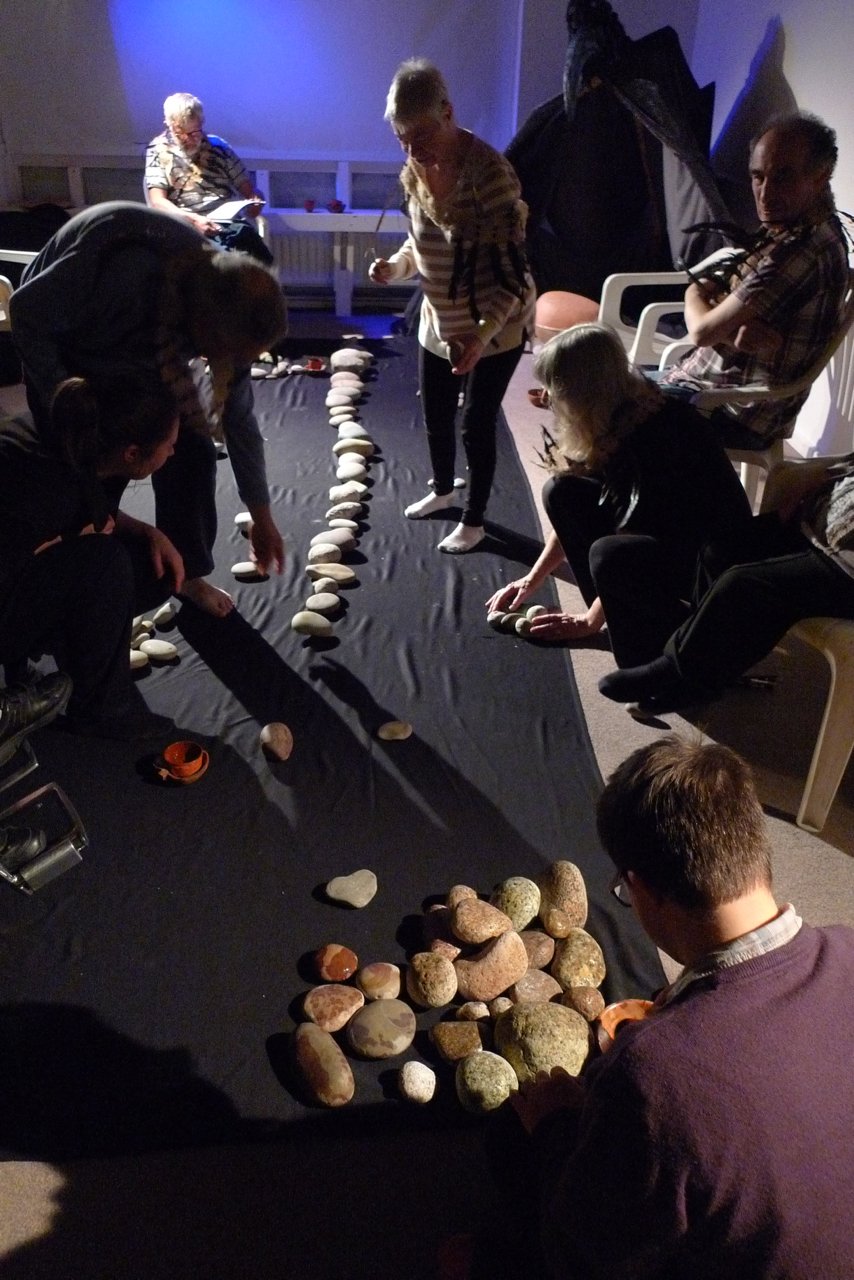
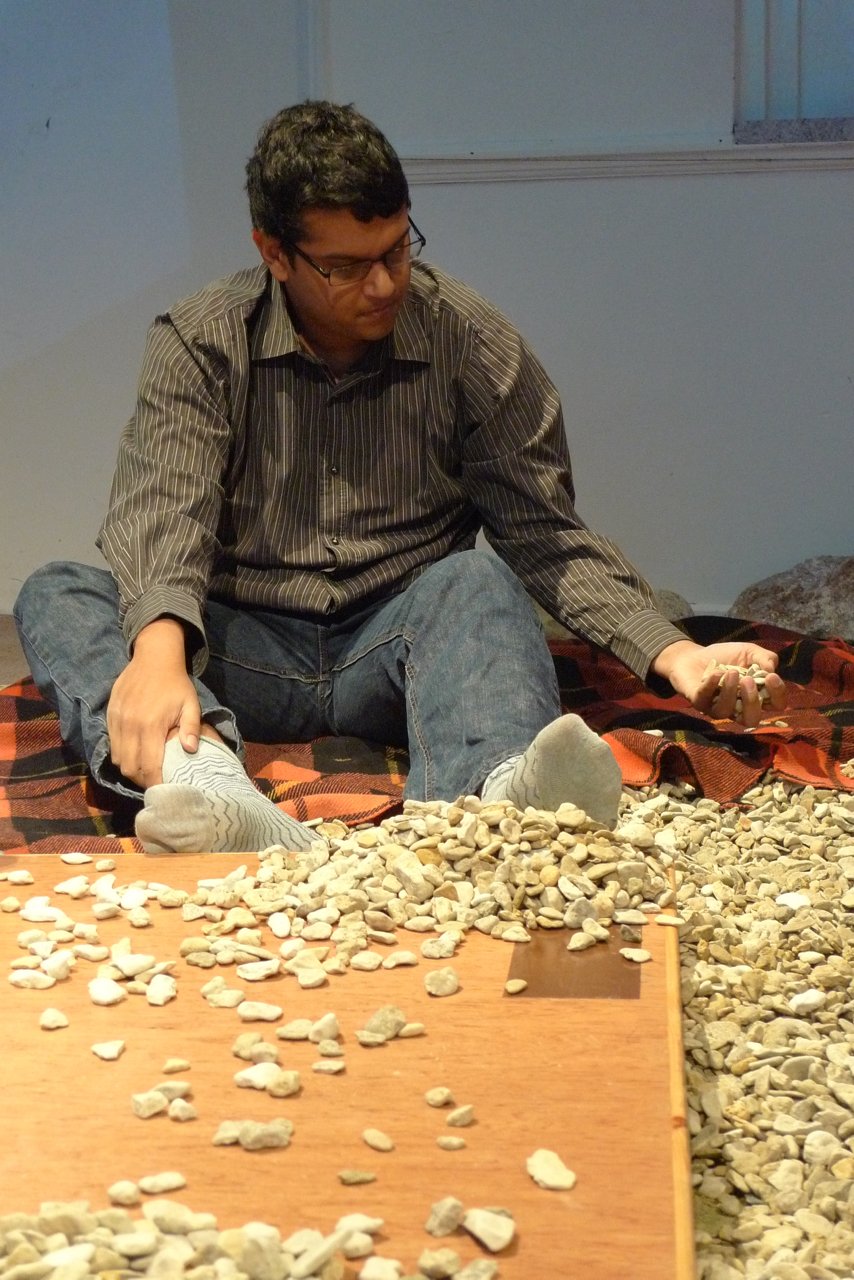
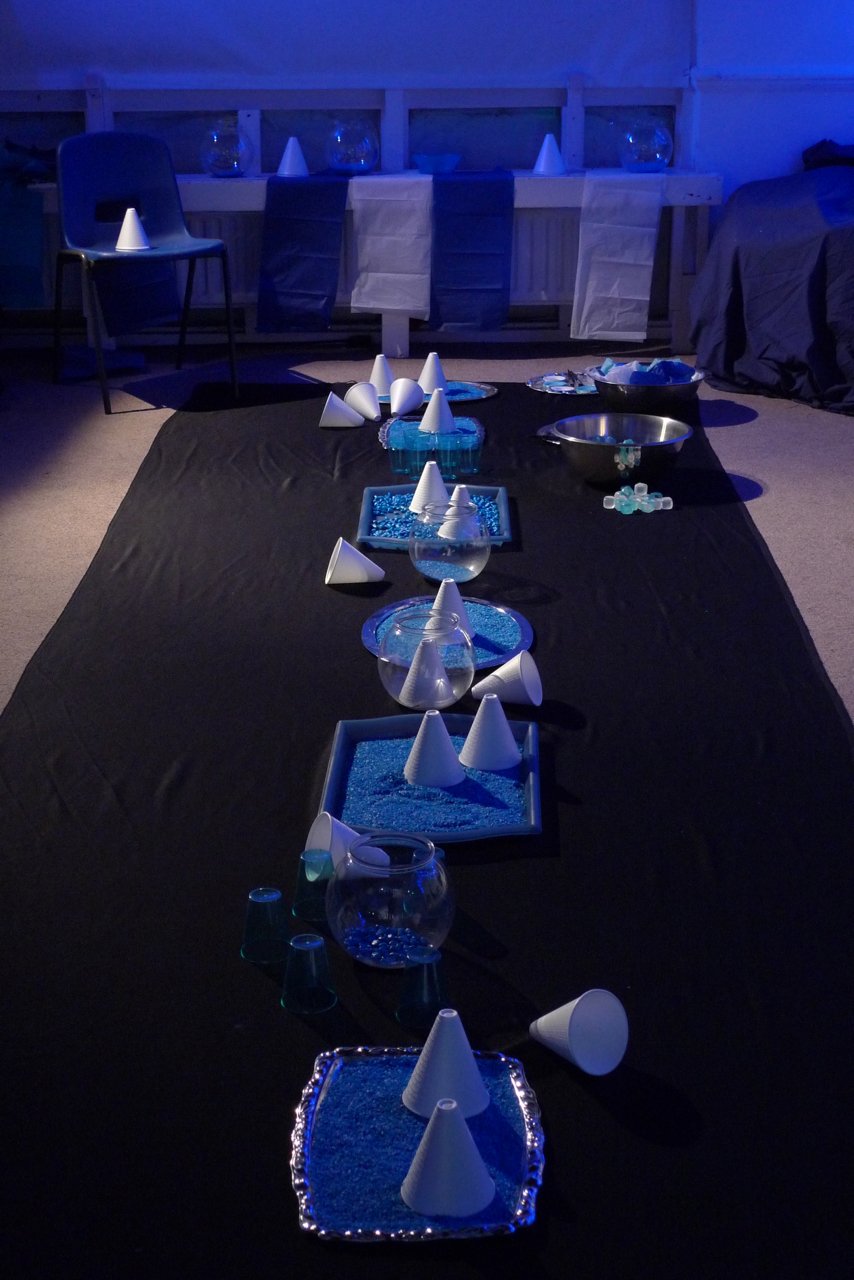
Smooth stones can be used for painting activities, either using face
paint or just water to reveal the stone’s colour and pattern.
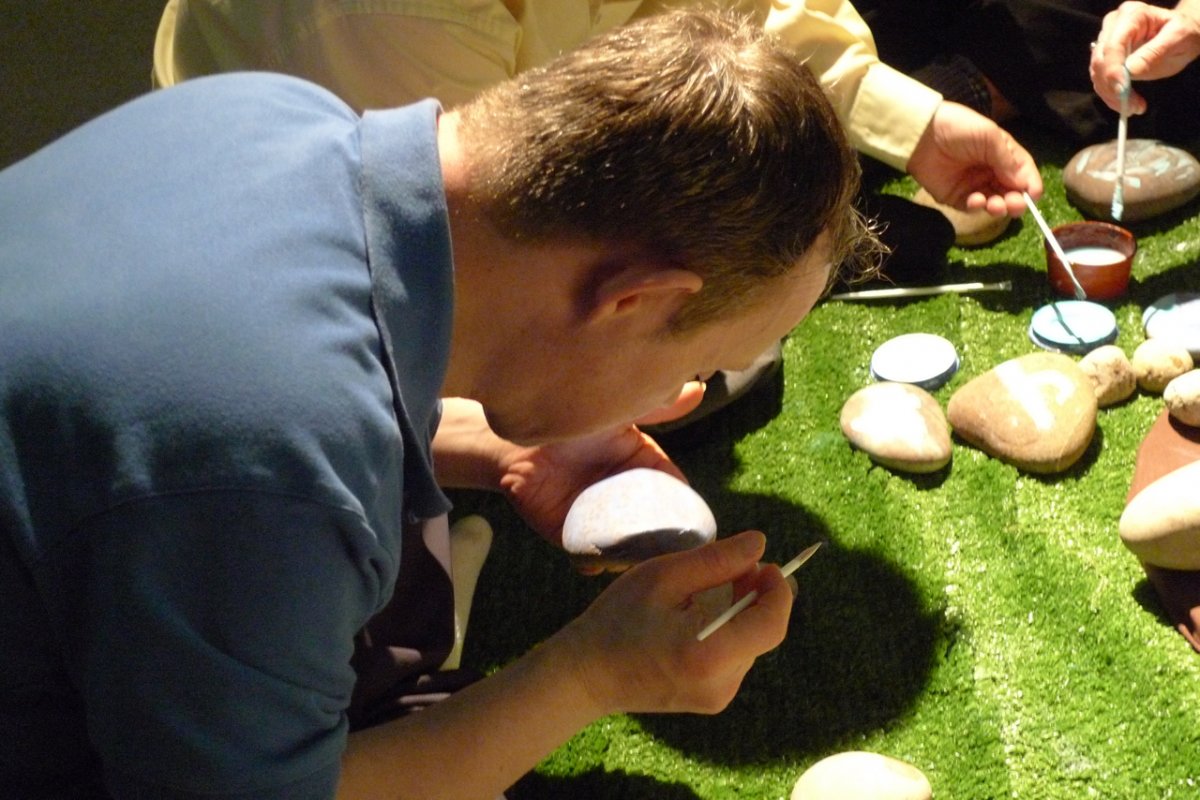
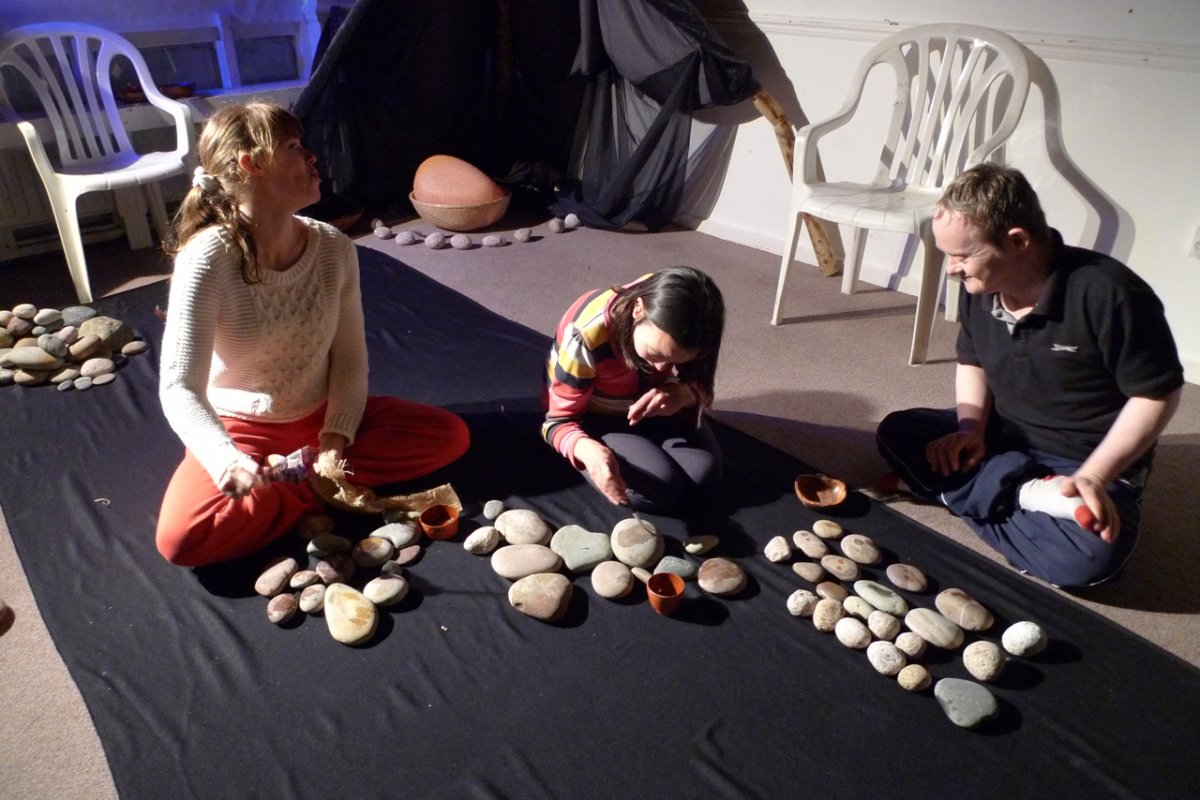
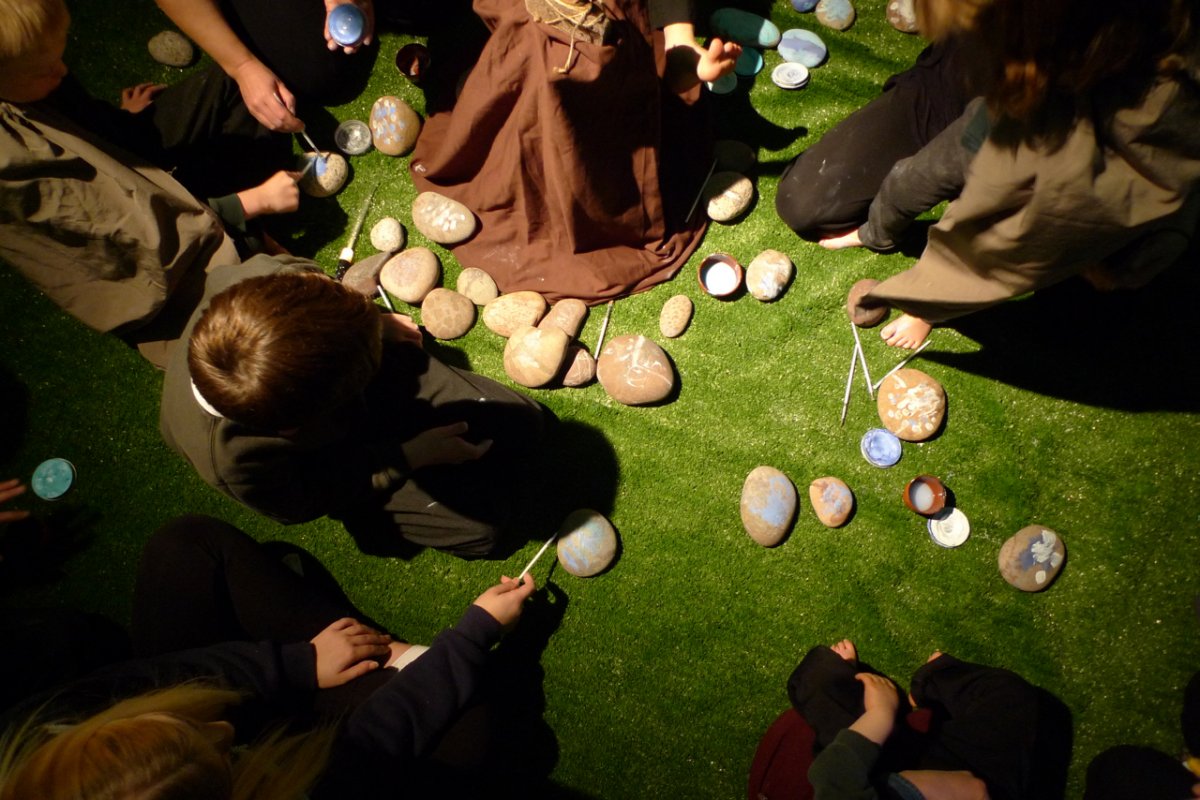
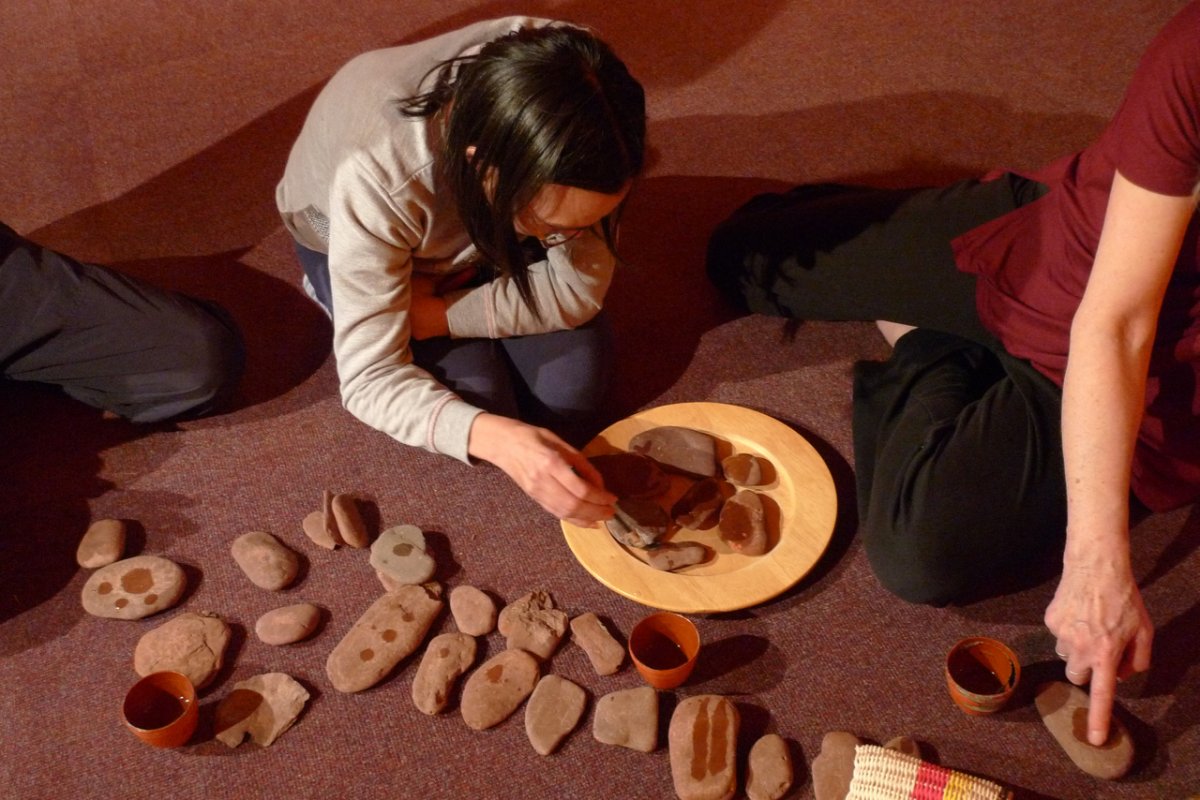
Encourage work type activities gathering, shovelling, transferring from one container to another.
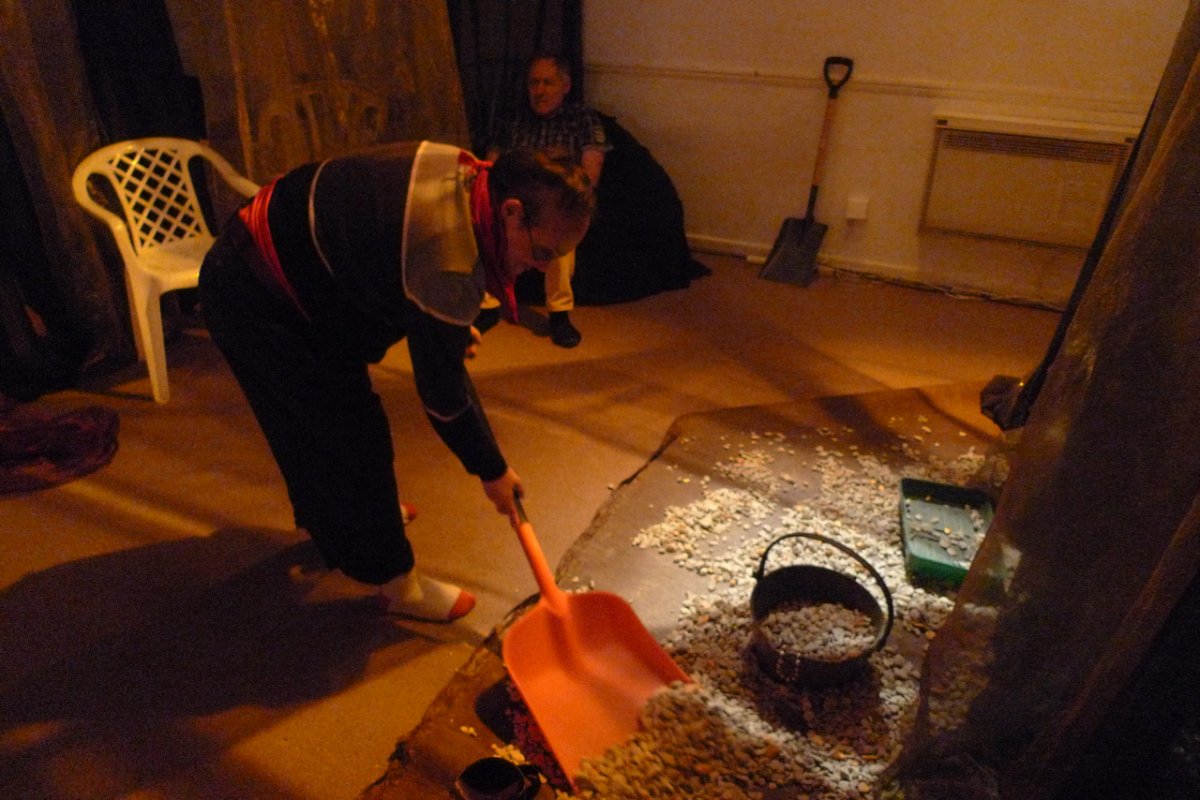
The sound of gravel rolling down a half-pipe is very satisfying
